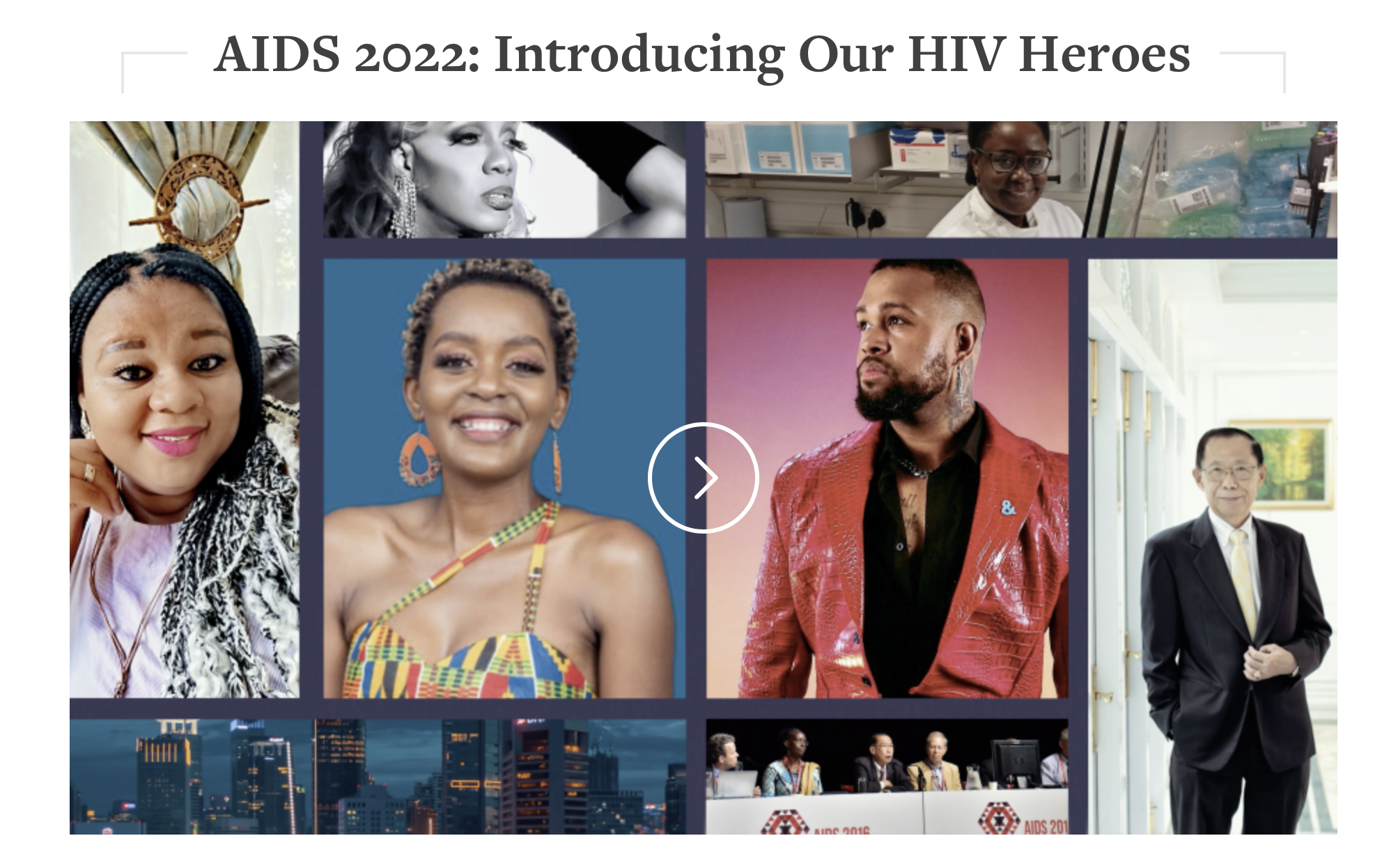The global HIV epidemic began more than 40 years ago. There's been significant progress in tackling this virus since then, but HIV remains one of the most significant challenges in global health. We've been working to combat this disease for decades, and we won't stop until we help make HIV history.
Science has transformed HIV from a terminal illness into a chronic, but manageable condition for people with access to treatment. But many people around the world are not able to access the care and resources needed for the best health outcomes. The social stigma associated with HIV also persists, affecting diagnosis, care and the emotional well-being of people affected by or at risk of HIV. We believe education and empowerment helps people impacted by the global HIV epidemic live their best lives.
More than 38 million people are currently living with HIV globally.
Approximately 1.5 million people are newly infected with HIV each year.1
At Janssen, we are building on our decades-long commitment to make HIV history and aim to change the course of this epidemic through our passionate pursuit of innovative treatment and prevention options.
We’ve helped to introduce nine anti-HIV medicines that have reshaped and redefined care for people living with HIV, empowering them to take an active role in their treatment journey. From developing single-tablet daily regimens to long-acting injectable treatments, and from improving tolerability to addressing issues of drug resistance, we aim to improve the quality of life for people living with HIV by providing a diverse array of accessible therapeutic options. We also continue to drive research into ways to prevent HIV, sharing our learnings from vaccine research with the global HIV community.
We can’t do it alone, and we collaborate with numerous partners around the world on the goal of making HIV history through prevention, testing and education initiatives. Our commitment to people impacted by the global HIV epidemic has not wavered. We are optimistic about the future - we’ve helped to change the face of HIV in the past, and we can help change it again.
- AIDS 2022: Introducing 'HIV Heroes'
- Meet 3 Men On The Front Lines of HIV Treatments
- How Johnson & Johnson Has Pioneered in the Battle Against HIV/AIDS
- World AIDS Day 2021: How Far We’ve Come, and Yet to Go
- The Great HIV Advocacy Story
- "They Needed to Feel Loved": How One Nurse Revolutionized Patient Care During the AIDS Crisis
- Harnessing Innovation in HIV Therapeutics
- IDViewpoints Podcast: Voices in Infectious Diseases
References
1 UNAIDS. Global HIV statistics – Fact Sheet 2022. Available here. Last accessed: July 2022.




